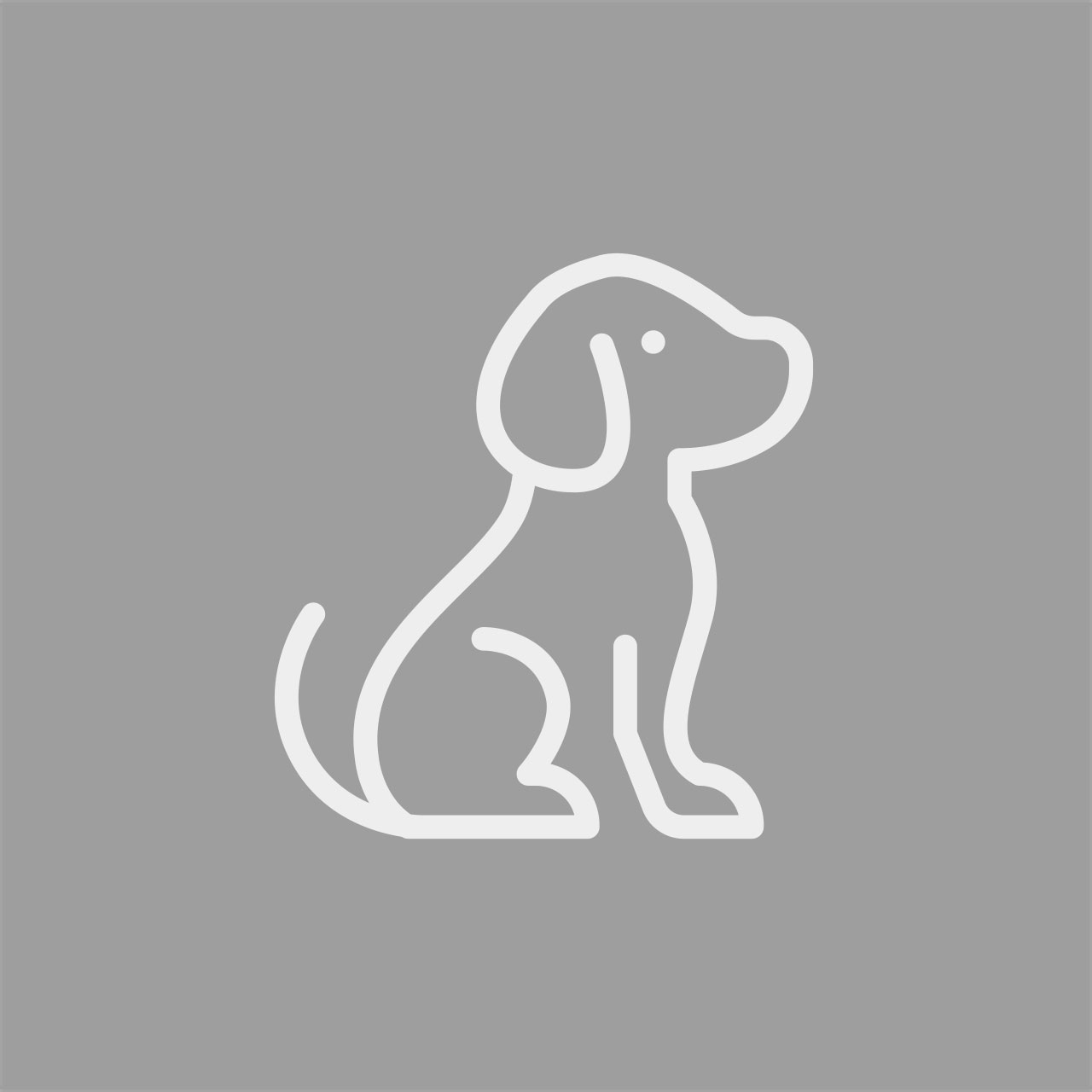Alaskan Husky Puppies

Energetic, resilient, hardworking.
The Alaskan Husky is a versatile, high-endurance sled dog bred for performance rather than appearance. Unlike purebred huskies, they are a mixed breed optimized for speed, strength, and stamina. They have a lean, athletic build and come in various coat colors. Known for their intelligence and work ethic, they excel in long-distance races and cold climates. Their friendly nature makes them good companions, but they thrive in active homes that can meet their high exercise needs.
Alaskan Husky At a Glance




Alaskan Husky At a Glance
- Size: 20"-26", 40-60 lbs
- Lifespan: 10-15 years
- Energy Level: very high
- Coat: Short to medium-length double coat
- Shedding: moderate
- Hypoallergenic: No
- Dog Group: Working
- Common Nicknames: Alaskan Sled Dog, Racing Husky, Alaskan
Alaskan Husky Breed Guide
Learn More About Alaskan Husky


